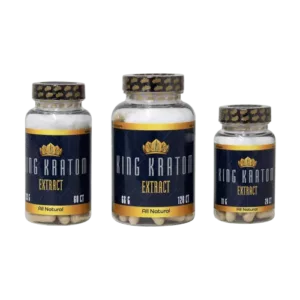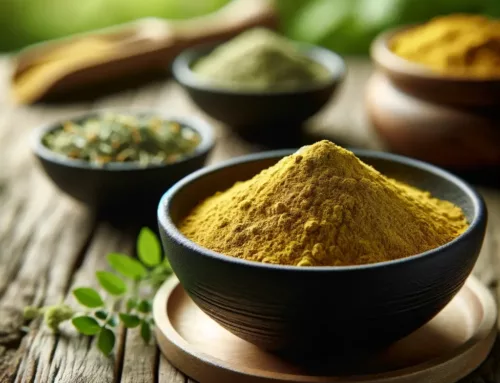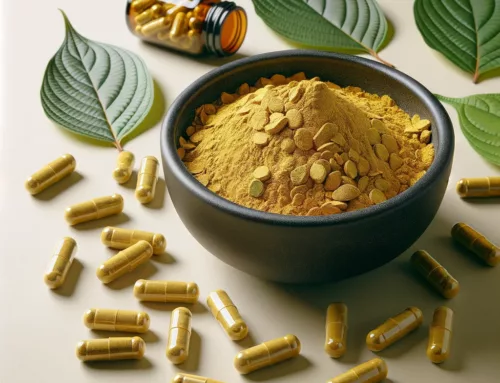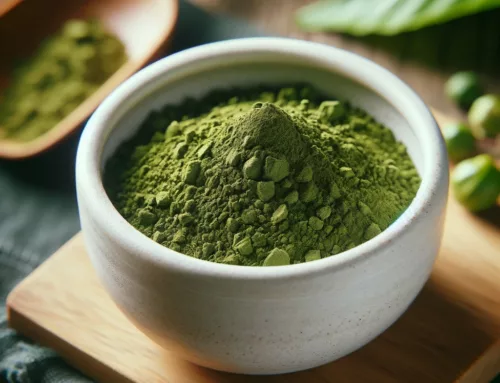The sales of Kratom pills, powders, and liquids are skyrocketing as more and more people discover the stimulant-like and opioid-like effects of Kratom – Wonder Drug. Since Kratom has relatively few side effects if taken in mild to moderate amounts, it can be a safer and inexpensive alternative to coffee, energy drinks, painkillers, and depression medication.
Kratom: A New Wonder Drug?
Kratom comes from the leaves of the Mitragyna Speciosa tree that grows in Southeast Asia. The leaves contain more than 25 alkaloids, including mitragynine and 7-hydroxymitragynine. The last two compounds are primarily responsible for the stimulant-like and opioid-like effects of Kratom.
You can chew the Kratom leaves directly, boil them to make a tea, or dry and crush them to make a powder. Kratom manufacturers use the powder to make Kratom pills, capsules, and tinctures.
The three main strains of Kratom are white-vein, green-vein, and red-vein Kratom, and result from new, half-grown, and mature leaves, respectively. A blend of these strains has produced a yellow variety of Kratom. All the Kratom strains contain a different concentration of alkaloids, and therefore, can produce different results when consumed.
Many Kratom users take it daily and claim to have found it beneficial in multiple ways:
- It has helped them to cope with chronic pain.
- It makes them feel more energized after a tiring day.
- It has helped them to stay more alert before an important exam or during a taxing work project.
- It has been useful for uplifting their mood.
- It has helped to make them more confident at social events.
- It has helped them to unwind and relax.
- It has cured their insomnia and helped them to get a good night’s sleep.
- It has helped to wean them off from narcotics.
Kratom: A Physician Nemesis?
So, is Kratom a wonder drug that will turn out to be a physician nemesis? Not according to the U.S. Drug Enforcement Agency (DEA) and the FDA.
The DEA has labeled Kratom as a drug of concern and was even going to include it in the Schedule 1 category before a public outcry prevented it.
The FDA, meanwhile, has refused to approve the sale of Kratom pills, powders, and tinctures as legitimate medicinal products. Moreover, in some specific parts of the United States, there is a ban on the sale and usage of Kratom. For example, Alabama, Arkansas, Vermont, Indiana, Rhode Island, and Wisconsin have banned it, as have some cities and counties in other areas.
The situation is not completely bleak, though. The legal stance may change as more scientific studies on the health benefits of Kratom become available.
So, Are You Thinking of Taking Kratom?
If you are thinking of taking Kratom, it is advisable to first get an all-clear from your regular doctor. It is especially essential if you suffer from a chronic health condition and take medication for it. You want to make sure that there won’t be any adverse interactions between Kratom and the medication that could harm your health.
As a new Kratom user, we recommend that you begin with a small dose of between 1 to 2 grams. Check the effect you experience before you increase the amount of Kratom pills, powder, or tincture. Keep in mind that, while larger doses of 15 grams and more can induce an increased level of opioid-like effects, there may also be side effects like nausea, sweating, and fatigue. You may even experience constipation, frequent urination, and weight loss. There can be withdrawal symptoms, such as increased irritability, aggressiveness, jerky movements, and muscle aches.
Kratom can make a difference in your life but do practice moderation. And if you are going to consume it daily, make a point to circulating your usage between different strains. Otherwise, your body might develop a tolerance for the Kratom, and that will reduce the impact of its effects. Visit our website for more details on Wonder Drug.









Leave A Comment